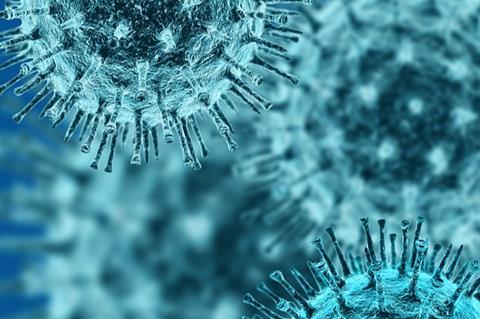An AI model can predict which SARS-CoV-2 variants are likely to cause new waves of infection. Current models used to predict the dynamics of viral transmission do not predict variant-specific spread.

Retsef Levi and colleagues studied what factors could shape the viral spread based on analysis of 9 million SARS-CoV-2 genetic sequences collected by the Global Initiative on Sharing Avian Influenza Data (GISAID) from 30 countries, along with data on vaccination rates, infection rates, and other factors.
Risk assessment model
The patterns that emerged from this analysis were used to build a machine-learning enabled risk assessment model. The model can detect 72.8% of the variants in each country that will cause at least 1,000 cases per million people in the next three months after an observation period of only one week after detection.
This predictive performance increases to 80.1% after two weeks of observation. Among the strongest predictors that a variant will become infectious are the early trajectory of the infections caused by the variant, the variant’s spike mutations, and how different the mutations of a new variant are from those of the most dominant variant during the observation period.
The modeling approach could potentially be extended to predict the future course of other infectious diseases as well, according to the authors.







No comments yet